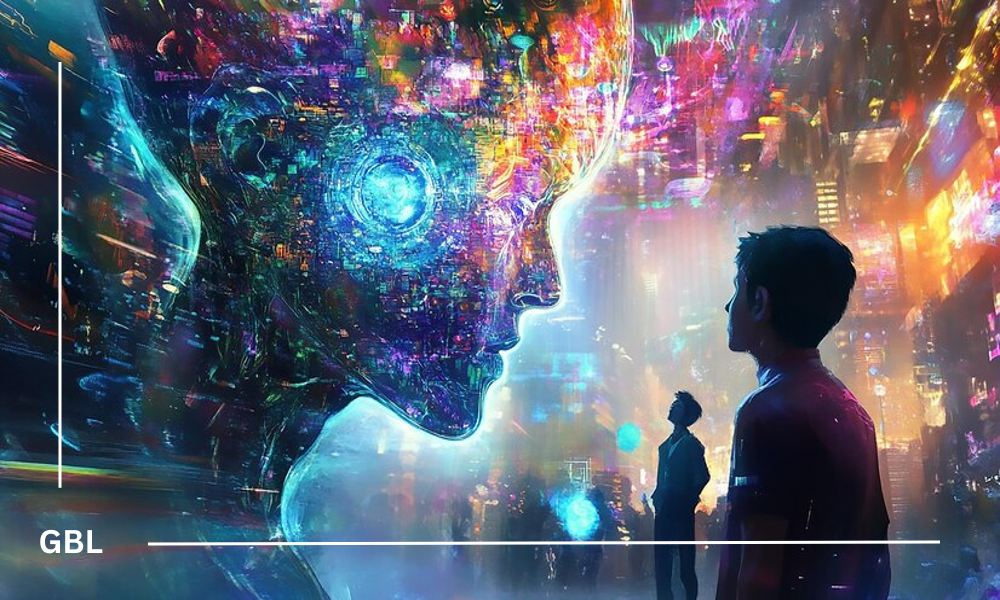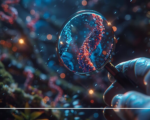Dreams have always intrigued humanity. They offer a glimpse into our subconscious, reflecting our thoughts, emotions, and experiences in ways that can be both fascinating and perplexing. Traditionally, interpreting these dreams has been the domain of psychologists, spiritual guides, and even cultural traditions. However, with the rise of artificial intelligence (AI), we are entering a new era where technology can help us unlock the mysteries of our dreams.
Imagine waking up from a vivid dream about flying or running away from an unknown figure. In the past, you might have turned to a dream dictionary or sought the advice of a therapist to decipher its meaning. Today, AI is stepping in to provide insights into those nightly visions, making dream interpretation more accessible and personalized than ever.
One exciting development in this field is the emergence of AI-driven applications designed specifically for dream interpretation. Platforms like DreamAnalyzer use natural language processing to analyze the content of dreams. Users can input details about their dreams, and the AI examines patterns, symbols, and themes to generate interpretations based on psychological principles and vast databases of dream analysis. For example, if someone dreams about losing their teeth, the AI might suggest it reflects anxiety about self-image or fear of aging, drawing from a rich tapestry of historical interpretations and modern psychological theories.
The benefits of this technology extend beyond individual insights. Therapists can leverage AI tools to better understand their patients’ subconscious issues. By identifying recurring themes in a patient’s dreams, therapists can tailor their approaches to address underlying fears, desires, or unresolved conflicts. This data-driven approach could lead to more effective therapy sessions and deeper connections between therapists and patients.
However, the integration of AI into such a personal and sensitive area raises important ethical considerations. Privacy and data security are paramount, especially when dealing with personal experiences. Additionally, while AI can analyze and interpret patterns, it lacks the emotional depth and intuition that human therapists bring to the table. Dreams are highly personal, and interpretations may not resonate with everyone.
As AI continues to evolve, its role in dream interpretation is likely to grow. It offers a unique blend of technology and psychology, opening new avenues for understanding our inner worlds. While traditional methods of dream analysis will always have their place, AI brings a fresh perspective that invites us to explore our subconscious in ways we never thought possible.
In a world where our lives are increasingly intertwined with technology, AI is not just a tool for efficiency; it may also become a guide to self-discovery, helping us navigate the complex landscape of our dreams and emotions. The future of dream interpretation could very well be a collaboration between human intuition and artificial intelligence, leading us to richer understandings of ourselves.













